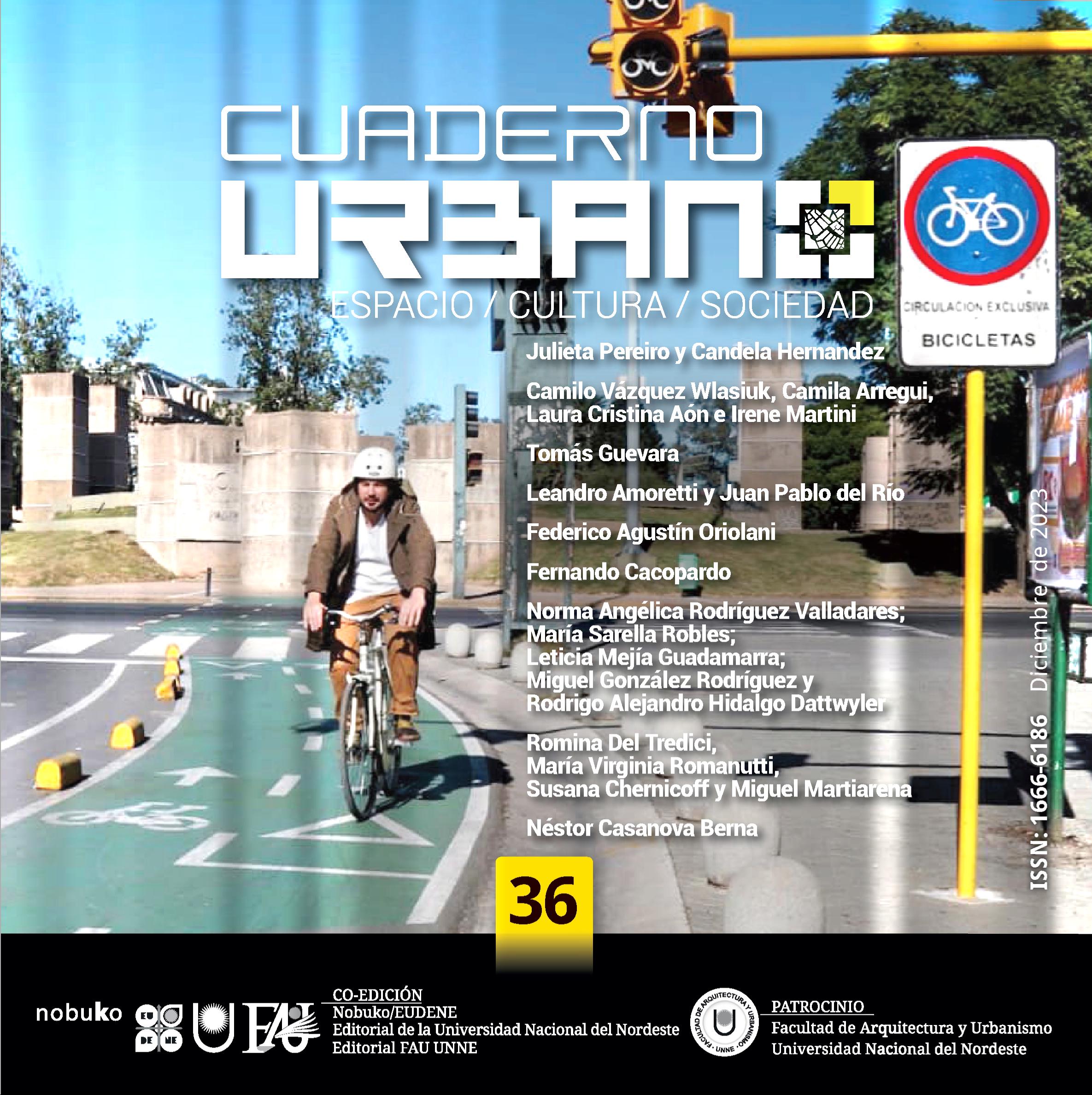Real estate valuation and estimation of urban income in post-convertibility. A case study in Buenos Aires city (2003-2015)
DOI:
https://doi.org/10.30972/crn.36367225Keywords:
Urban income, real estate market, post-convertibility, Buenos AiresAbstract
The "real estate boom" registered in the post-convertibility period constitutes a particular phenomenon of recent Argentine economic history. Its dynamics were based on a process of disintermediated channeling of resources towards the residential real estate market, combined with the singular resolution of the 2001 crisis through a mega-devaluation. Furthermore, these characteristics were strengthened in the City of Buenos Aires due to the urban policies promoted by its government. The article intends to study the real estate valuation for the period 2003-2015 in the City of Buenos Aires, for which the theoretical framework of Professor Samuel Jaramillo is recovered and a methodology for estimating the mass of urban rent per year is introduced, disaggregated by 27 neighborhoods. Based on the available data, and the methodological decisions adopted, it has been calculated that the total urban income mass reached US$14,825.7 million (current dollars).
Downloads
Downloads
Published
Issue
Section
License

This work is licensed under a Creative Commons Attribution-NonCommercial-ShareAlike 4.0 International License.
CUADERNO URBANO sustains its commitment to the Open Access policies for scientific information, on account of the fact that both scientific publications and public funded research must circulate freely on the Internet and without restrictions.
CUADERNO URBANO ratifies the Open Access model in which the contents of scientific publications are available in full text free of charge on the Internet, without temporary embargoes, and whose editorial production costs are not transferred to the authors. This policy proposes breaking down the economic barriers that generate inequities both in access to information and in the publication of research results.





.jpg)








